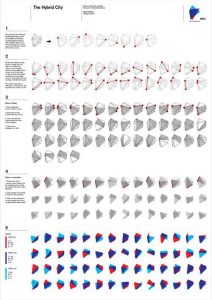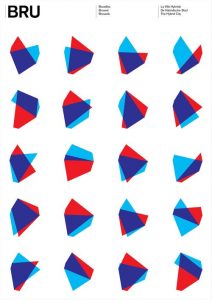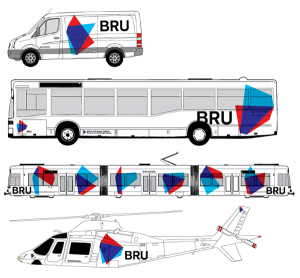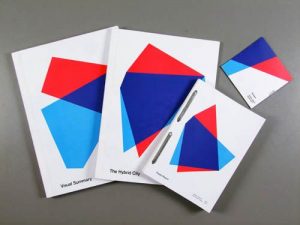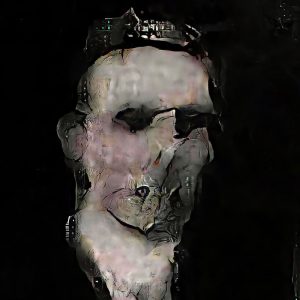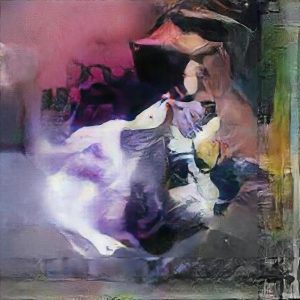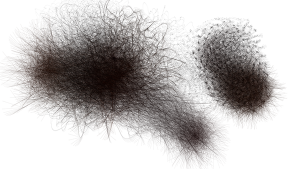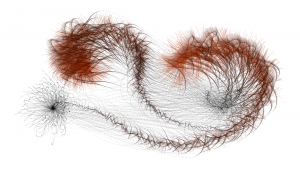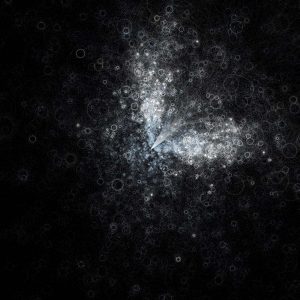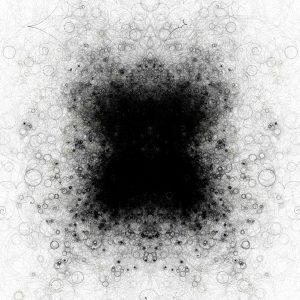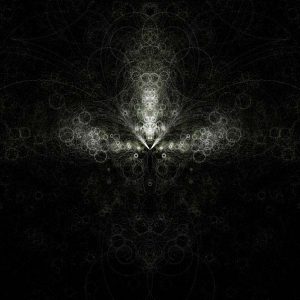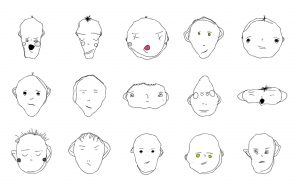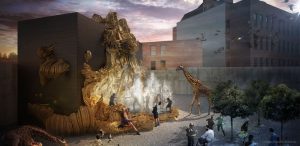
This is an architectural project that aims to get the public to have an experiential feel while they are in this space using all of their senses. It is known as Phenomena and was made by Benjamin Dillenburger and Demetris Shammas. It is a piece of architecture that reacts differently with its surroundings depending on the time of day: reflects light and casts shadow during the day and transforms into an “oversized 3D display for video projection” at night.
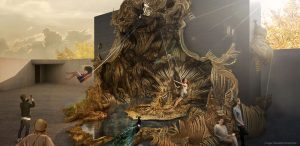
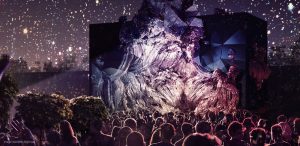
In my architectural modern history class we are learning about more modern architecture and how the idea of architecture is no longer only about buildings, which is exactly what this project incorporates. Phenomena is considered architecture because of its experience and not because it is a building, which I find amazing because I used to think that architecture was only associated with buildings.

Based on the complexity of the shape of Phenomena it is obvious that the creators had to use a computer program to create this project and based on several algorithms that they had to create, such as the different types of materials and how each material reacts to different factors, including light. Another algorithm could have been how different forms could come together to create a certain feeling.
The creator’s artistic sensibilities are manifested in the algorithms because they had to create the set of variables that they wanted this project to be based on. Based on what they wanted this project to accomplish they had to create a set of algorithms for those goals they had for the project. Also the creators had to add their own artistic touch to the project, whether it be what types of forms they wanted to create and what types of materials and color they wanted to use.
Phenomena by Benjamin Dillenburger and Demetris Shammas (2015)
http://www.michael-hansmeyer.com/projects/phenomena_info.html?screenSize=1&color=0#undefined
VideoLink: http://www.michael-hansmeyer.com/projects/phenomena_video.html?screenSize=1&color=0
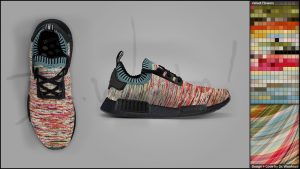
![[OLD FALL 2017] 15-104 • Introduction to Computing for Creative Practice](../../../../wp-content/uploads/2020/08/stop-banner.png)
